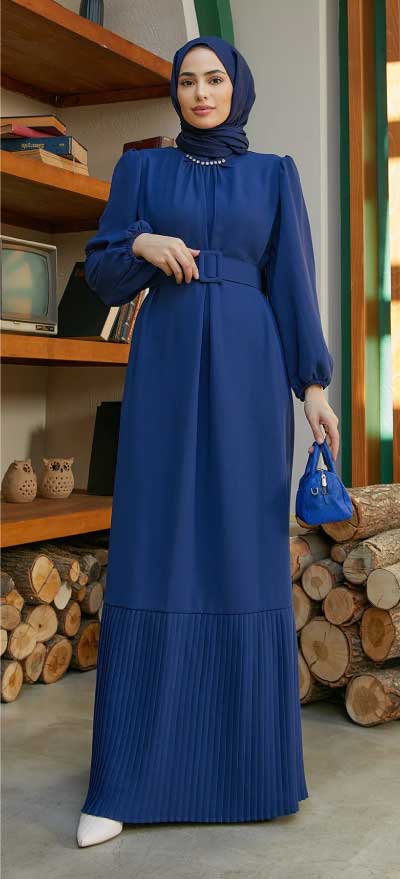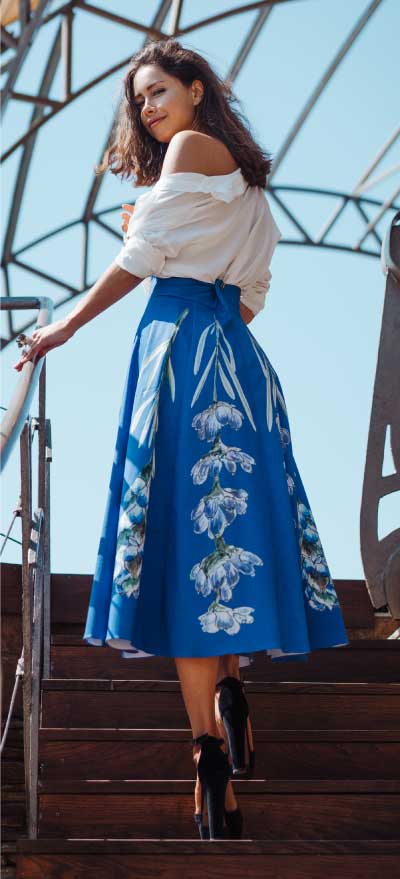Seasonal Wholesale Women's Clothing: How to Plan Your Inventory
Seasonal Wholesale Women’s Clothing: How to Plan Your Inventory
Why Seasonal Planning Is Key in Women’s Fashion
Women’s fashion changes faster than any other category in retail. Trends evolve every few months, colors shift with the seasons, and consumer demand fluctuates accordingly. For retailers, buying wholesale women’s clothing without a solid seasonal plan can lead to excess stock or missed opportunities. Strategic inventory planning ensures your store always has the right styles, sizes, and colors at the right time. With reliable suppliers like Clothing Supplier, retailers can stock trend-driven collections in bulk while staying agile throughout the year.
1. Understand Seasonal Fashion Cycles
Each season brings new buying behaviors. Understanding these cycles is the foundation of successful inventory planning:
-
Spring: Lightweight dresses, blouses, and pastel outerwear.
-
Summer: Casual sets, crop tops, shorts, and flowy maxi dresses.
-
Fall: Knitwear, denim, jackets, and earthy color palettes.
-
Winter: Coats, sweaters, trousers, and festive eveningwear.
Ordering wholesale items that align with these trends ensures you meet demand and minimize off-season stock.
2. Forecast Demand Based on Data
Historical sales data is a powerful tool. Analyze what sold best in previous years—by style, color, and size—to make smarter wholesale buying decisions. For example, if last year’s floral dresses outperformed denim jackets, you’ll know where to focus your bulk orders. Suppliers like Clothing Supplier can also provide insights into global fashion trends to guide your planning.
3. Plan Ahead for Lead Times
Wholesale inventory requires foresight. Orders should be placed at least 2–3 months before each season begins to account for production, packaging, and shipping times. Having a proactive approach ensures your spring and summer collections arrive before the rush, giving you a head start on competitors.
4. Maintain Core Essentials Year-Round
While fashion trends fluctuate, certain women’s clothing items sell consistently all year. Basics like white blouses, black trousers, and neutral dresses should always be in stock. Keep these as part of your core inventory while rotating seasonal pieces around them for freshness.
5. Balance Trendy and Timeless Pieces
Trendy items attract attention, but timeless designs drive steady sales. To prevent overstock, follow the 70/30 rule—70% classic styles, 30% trend-driven pieces. For example, combine versatile wholesale items like neutral trench coats with trendy items like puff-sleeve blouses or metallic skirts. Clothing Supplier offers a mix of both, making it easier to maintain this balance.
6. Use Color Coordination Strategically
Color psychology plays a major role in fashion. Match inventory colors with seasonal moods—pastels for spring, bright hues for summer, warm tones for fall, and rich neutrals for winter. Visual consistency across racks and online listings creates harmony and makes products more appealing.
7. Manage Stock Levels Efficiently
Avoid overstocking items that might quickly go out of fashion. Instead, reorder fast-selling products in smaller quantities more frequently. This keeps your inventory fresh and aligned with changing consumer interests. Reliable wholesalers like Clothing Supplier make reordering seamless, even during peak demand.
8. Plan Seasonal Promotions and Sell-Through Events
Seasonal clearance sales help clear space for new collections. Schedule promotions strategically—late summer sales for leftover swimwear or winter discounts after the holidays. Offering bundle deals or limited-time discounts moves bulk inventory quickly while maintaining profitability.
Conclusion: Smart Planning, Steady Growth
Success in women’s wholesale fashion depends on timing, data, and supplier partnerships. By understanding seasonal cycles, forecasting demand, and balancing trends with essentials, retailers can maximize sales while keeping operations efficient. Partnering with Clothing Supplier ensures access to stylish, high-quality seasonal collections that arrive on time and align perfectly with consumer expectations—helping your business stay fashionable and profitable all year round.


































